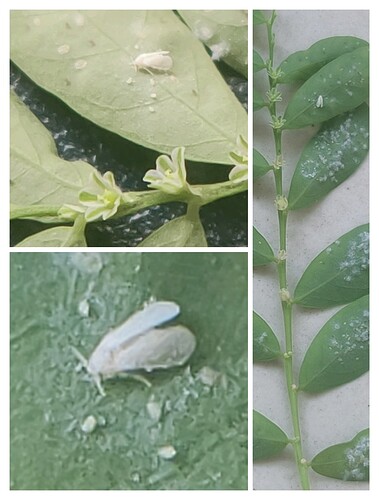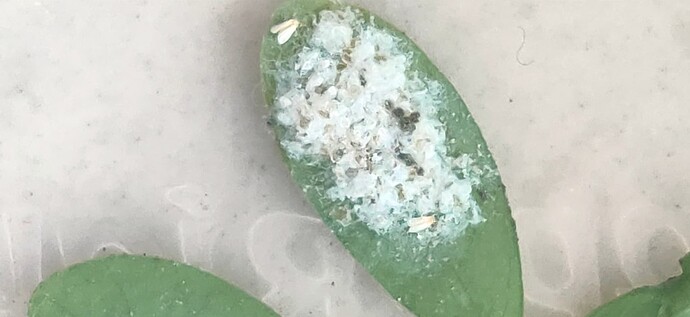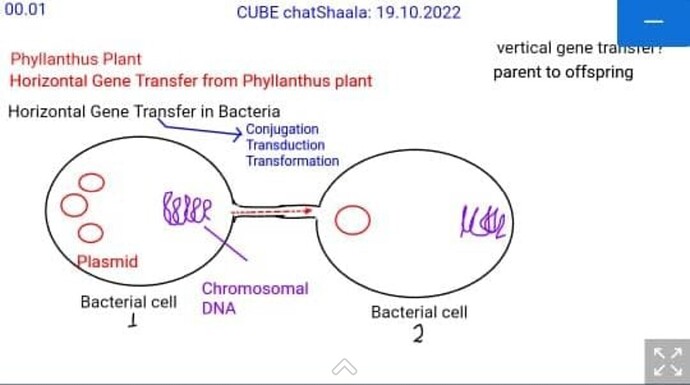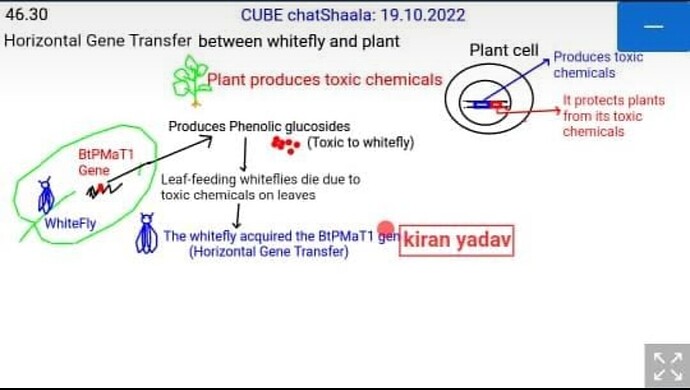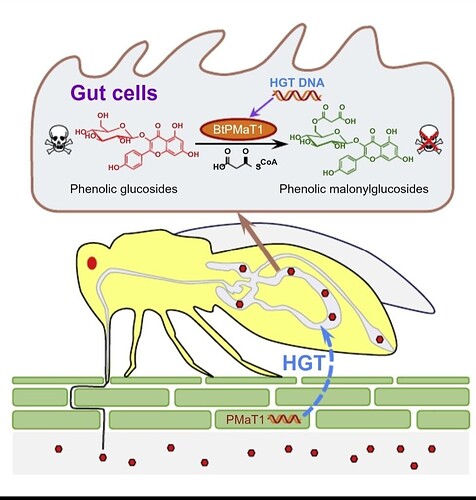I observed a fly on my phyllantus plant that may have caused the infection. What pest was it??Is it aphids??..It was later found out in chaatshalala that the fly is a white fly!
https://agritech.tnau.ac.in/crop_protection/crop_prot_crop_insect_medi_Keela.html
@Himanshu shared a reference that hinted towards a very recent study (2020-2021) of the very first horizontal gene transfer between plants and insects!
This is the original paper shared by @Theertha
https://www.researchgate.net/publication/350394774_Whitefly_hijacks_a_plant_detoxification_gene_that_neutralizes_plant_toxins#:~:text=Whitefly%20hijacks%20a%20plant%20detoxification%20gene%20that%20neutralizes%20plant%20toxins,-April%202021
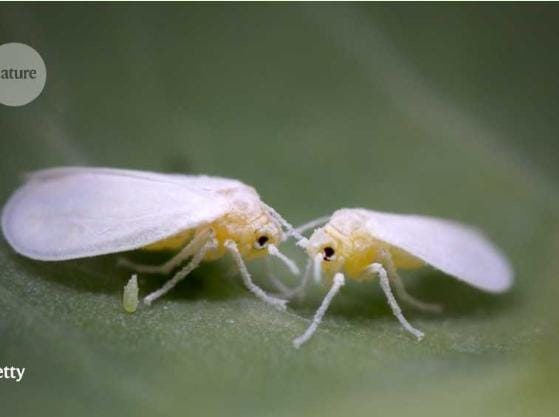
Chaatshalala discussion 19/10/22
We started with discussion horizontal gene from phyllantus plant to white fly ( Bemisia tabaci ) that was mentioned in the reference sent by @Himanshu
#There are two methods of gene transfer as told by @Chitralekha
• horizontal gene transfer - between offspring ( transduction, translation and conjugation)
• vertical gene transfer - between parent to offspring eg meiosis
@shreya said Horizontal gene transfer of bacteria occur in bacteria contain f plasmid and bacteria containing no plasmid. Two cells connect by a bridge from which the plasmid are transferred
So how does horizontal gene transfer occur in plants ? Do plants have plasmid ?
According to the references sent my understanding was that plant produces toxic chemicals (sec metabolite) coded by gene “x”
and has another gene"y" that codes for something that protects plant from its toxic chemicals
Acc to ref sent by @Theertha
Ideally The toxins should have affected and killed whiteflies
However it was found that the white fly acquired gene ( BtPMaT1) from the plant, that protects plant from its own toxin, thereby making whitefly resistant to the toxins produced by plant
What is BtPMaT1?
•Gene BtPMaT1 in plants produces an enzyme , phenolic glucosidemalonyltransferase , that transfers a Malonyl group on compounds ,including phenolic glycosides (secondary metabolite),required for its normal metabolic activities.
•The whitefly acquired the gene through horizontal gene transfer and is use it to transfer malonyl group to phenolic glycosides which they are toxic to.
•Malonylated phenolic glycosides are not toxic to the fly. Hence the insect (whitefly)is now resistant to the secondary metabolite
How does the gene transfer ? Does that happen directly or via bacteria/viruses? Does evolution play any role?
